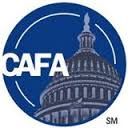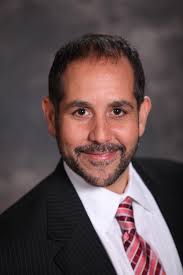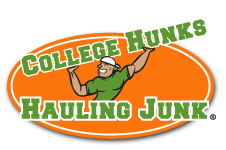We received ice-cold service … and we were cool with that
Every time there’s a storm or other emergency, some people seem to jump right in to lend a hand to those in need. They help others out of a sense of duty, or just because it’s the right thing to do – and they do so without thought of benefit for themselves. These stories usually spread by word of mouth, though a few do make it onto the evening news or into the morning paper.
I have one I’d like to share, and I hope many of you will weigh in with your own experiences.
Like many on the East Coast this month, we were without power in our home for five days. Living without electricity meant being without a refrigerator, and that meant daily trips to replenish our cooler’s ice supply – and a lot of eating out.
One day, I decided to take my mother- and father-in-law to Famous Dave’s for lunch. (If you don’t have one in your area, Famous Dave’s is a tasty barbecue chain with locations nationwide.) On our way out of the restaurant, after an enjoyable meal, I was swapping power outage stories with one of the servers, Ed. Just as we were about to exit, Ed said, “By the way, do you need some ice?”
“That would be great. Yes!” I replied. Less than a minute later we were handed a generous bag of ice (on the house) and we were told, “If you need more, just swing by any time and we’ll give you some.”
The next day, my in-laws requested that we go to Panera, the national bakery/restaurant chain, for lunch before heading over to my parents’ nearby home for some much-needed A/C. We had a cooler in our vehicle that needed a fresh supply of ice, so our first stop was Famous Dave’s to see our new friend, Ed. This time, there was an enormous cooler of handmade ice bags next to the hostess stand and it didn’t matter that Ed wasn’t around – it seemed the whole staff had been briefed on what to do. Impressive. While I was pouring the fresh ice into our cooler in the back of our vehicle, my in-laws said, “Let’s just eat here (again).”
A Culture of Community Engagement
Did the staff of Famous Dave’s offer up free ice as a way to get people to eat there? Maybe … but I don’t think so. I think they saw a community in need and did what they could to help. While most of the surrounding homes and businesses were without power for several days, this restaurant’s power was restored within only a few short hours. They felt fortunate and saw an opportunity to be of support to those whom were less fortunate. As you might imagine, many of the places that regularly sell ice (supermarkets, gas stations, etc.) had trouble keeping any in stock. At Famous Dave’s it was in stock … and free!
Given the large number of choices of nearby restaurants, Famous Dave’s is now more top-of-mind than ever before. We’ll be sure to visit again soon and we’ll be asking to be seated in Ed’s section.
When have you seen other businesses, including your own, anticipate the needs of the community? I’d love to hear from you …


 A few years ago, I joined some friends for a comedy show at Baltimore’s Inner Harbor. Later, as we were walking through the indoor mall, a friend requested we wait for him while he visited the public restroom. A few minutes later, he came out excitedly saying, “Come in here! You have to see this!” Of course, I said, “No way,” having grown up with cousins and a brother that were – let’s just say – practical jokers. He insisted it wasn’t anything bad or disgusting; that I should trust him. He was excited to show me … are you ready … the Dyson Airblade. Have you seen this ingenious, touch-free hand dryer that uses forced air (like an “air-squeegee”) to do the work?
A few years ago, I joined some friends for a comedy show at Baltimore’s Inner Harbor. Later, as we were walking through the indoor mall, a friend requested we wait for him while he visited the public restroom. A few minutes later, he came out excitedly saying, “Come in here! You have to see this!” Of course, I said, “No way,” having grown up with cousins and a brother that were – let’s just say – practical jokers. He insisted it wasn’t anything bad or disgusting; that I should trust him. He was excited to show me … are you ready … the Dyson Airblade. Have you seen this ingenious, touch-free hand dryer that uses forced air (like an “air-squeegee”) to do the work?















